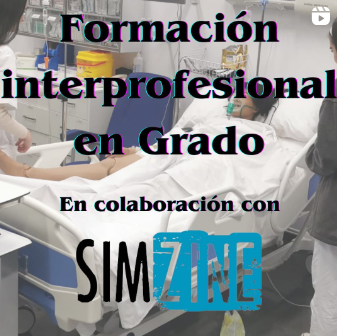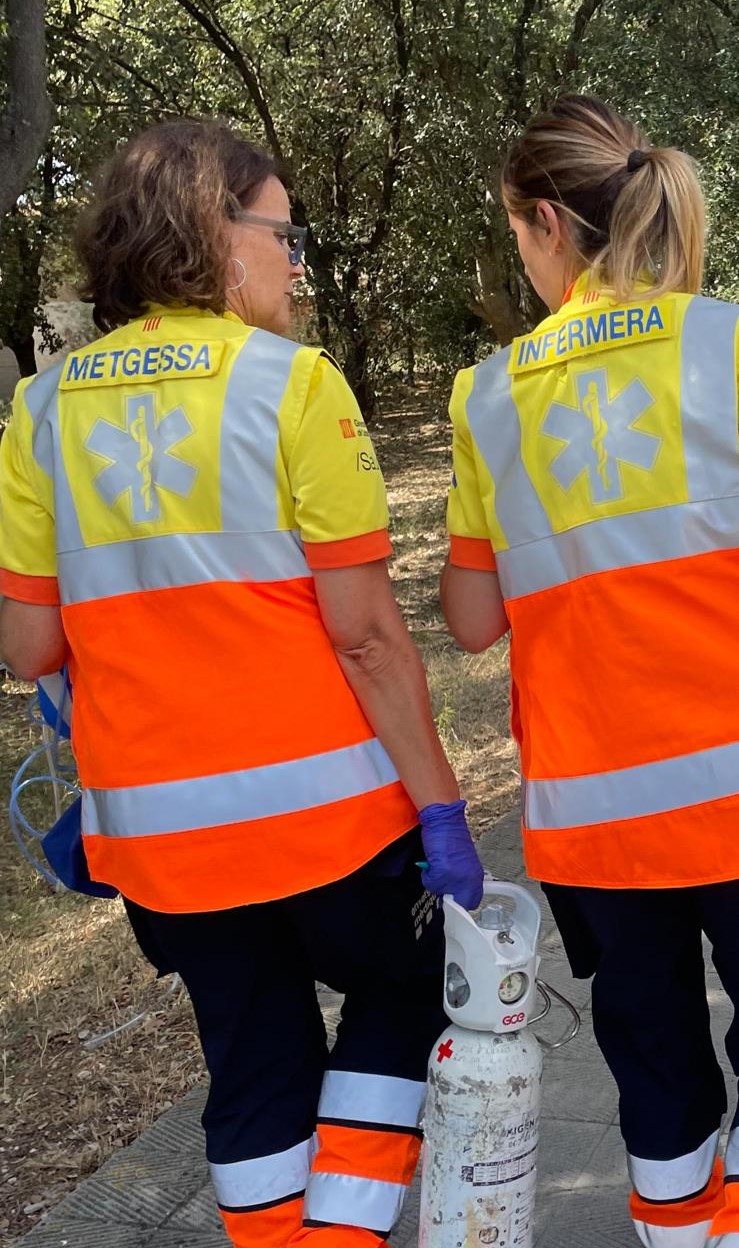Álvaro Trampal Ramos, aka @enfermerodesimulacion, talks about the concept of interprofessional training and its application during undergraduate studies
When we talk about interprofessional training, we think of the simulation we carry out in Zone 3 of Roussin for native teams and, on many occasions, in situ training in the workplaces themselves; but we do not take into account one of the greatest challenges, interprofessional training at undergraduate or graduate level for students.
First of all, to put ourselves in context, what is interprofessional training? Interprofessional training is understood as collaboration between professionals within the same field or area of specialisation, such as health professionals.
We may think that interprofessional training is a relatively new concept, but it is actually a methodology that has been studied for more than 60 years. The World Health Organization in its document “Framework for Action on Interprofessional Education & Collaborative Practice” refers to collaborative practice indicating that there is sufficient evidence to indicate that effective interprofessional education enables collaborative practice, strengthening health systems and improving outcomes.
Undergraduate interprofessional trainingwill allow students to get used to working with professionals from the multidisciplinary team before starting their professional activity, allowing them to learn first-hand about the functions of the different categories, helping to eliminate or avoid stereotypes or prejudices and learning about the competencies of each discipline, thus offering comprehensive care to their patients.
Implementing interprofessional simulation at the undergraduate level can be very challenging and often very complex. I will try to give a few tips to make this path a little easier, using Dr. Armijo’s “Manual for the curricular insertion of simulation” as a guide. Some of the points to be taken into account are:
- Set realistic objectives for the training, not forgetting the acronym SMART (Specific, Measurable, Achievable, Relevant and Time).
- Create working groups with colleagues from the disciplines that will participate in the training. It is important to bear in mind that if one professional category does not participate in the simulation, students will not know the importance of that discipline, so the more the range of different professionals is opened up, the more students will learn.
- Analyse the competences of each discipline in order to be able to implement the training activity more easily within the syllabus of each degree.
- Carry out realistic scenarios. Not everything has to be critical situations; scenarios that require a lower cognitive load can be carried out, especially with students in the first years.
- Invest in the briefing phase with the whole team, giving participants the opportunity to get to know each other, creating a safe learning space. You can do some “ice breaker” dynamics to generate greater unity among the students. We must not forget to show the simulation laboratories where the scenarios will be carried out, as well as the material, actors, etc.
- After the simulation, it is very important to carry out a good debriefing. This analysis will allow you to go deeper into the objectives of the scenario, as well as to learn more about the roles and competencies of the different professionals involved in the simulation.
- Do not forget to evaluate the impact at the end of the training.
One of the main problems we have in undergraduate training is time, and interprofessional training takes time. Ideally, this activity should be introduced in the syllabus and the corresponding hours should be allocated to it. Some centres, as this option is not viable or they are just starting with this type of training, carry out extracurricular activities with the students, setting aside a few days to carry out this activity.
In conclusion, interprofessional clinical simulation is a key pillar in the training of future health professionals. It promotes collaboration and teamwork, two essential skills in quality healthcare. Incorporating this type of training in the Bachelor’s Degree, will allow the training of professionals not only in techniques or procedures, but also in teamwork, communication, leadership and a long etcetera. I encourage you to implement this type of activity in your centres.
Would you like to know more? Find out more in the Instagram video by @enfermerodesimulacion (Spanish language):

READ ALSO











































